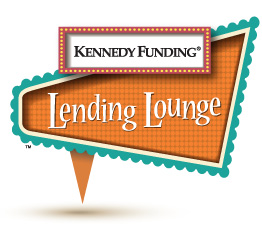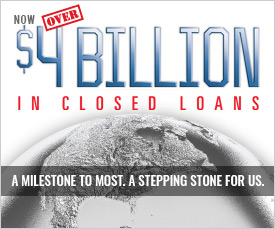
Traditional private loans, also known as “hard money” loans, generally need some sort of collateral to claim in the event of nonpayment. The amount a borrower receives is likely tied to the value of the proposed collateral.
Many borrowers ask us what they can put up as collateral. As it turns out, many types of assets can be used, and some borrowers get creative with their options. Here’s a look at some of the assets which can be leveraged to secure a loan.
1: Commercial real estate property
One of the most common forms of collateral is commercial real estate. A borrower can offer commercial property of all kinds, from retail shops to office parks to apartment buildings.
Each type of property must be clear of issues such as title and environmental. A UCC-1 lien is then placed on the property, indicating that the lender has a security interest in that asset and it cannot be sold or transferred until the loan is repaid.
Generally, commercial properties are more valuable than residential properties and are therefore a better option for collateral.
2: Personal real estate property
Borrowers have the option to offer their own investment properties, or income-producing property as collateral. Residential properties are typically valued at less than a commercial property. In some cases, borrowers may need to provide several properties or a mix of collateral.
3: Raw land
While most traditional lenders, like banks, won’t lend on raw land, Kennedy Funding will.
The land itself holds significant value and can be sold in the event of default. The size of the parcel, its location and its zoning all contribute to its value as collateral. An acre in New York City will be worth much more than an acre in Wyoming, and a property zoned for an multifamily could be worth more than one zoned for industrial.
4: Income-producing property
Any unencumbered property generating revenue in the form of rent, fees or dues is a good option for collateral. Hotels, strip malls or office parks with tenants, and apartment buildings are all lucrative collateral for a lender – if the buildings are occupied. If the borrower defaults on the loan, the lender is now in possession of not just the property itself, but receives all the income it generates.
5: Accepting the wild and unexpected as collateral
Property seems to be an obvious choice for collateral, but not every borrower owns property of value.
Kennedy Funding has accepted some wild and unexpected items as collateral in the past, including:
• Art
• A cruise ship
• Inventory
• Lottery winnings
• Air rights on a borrower’s property
• An FCC transmitter license
• Elvis Presley’s famed Circle Ranch
While these unusual items may be more difficult to liquidate – and although Kennedy Funding rarely takes non-real estate collateral nowadays — a thorough examination of the deal makes utilizing these assets a realistic possibility. That’s one of the advantages of working with Kennedy Funding; we can examine the merits of each deal, providing our team with the information needed to say “yes” to conditions, or atypical collateral, other lenders may reject outright.







